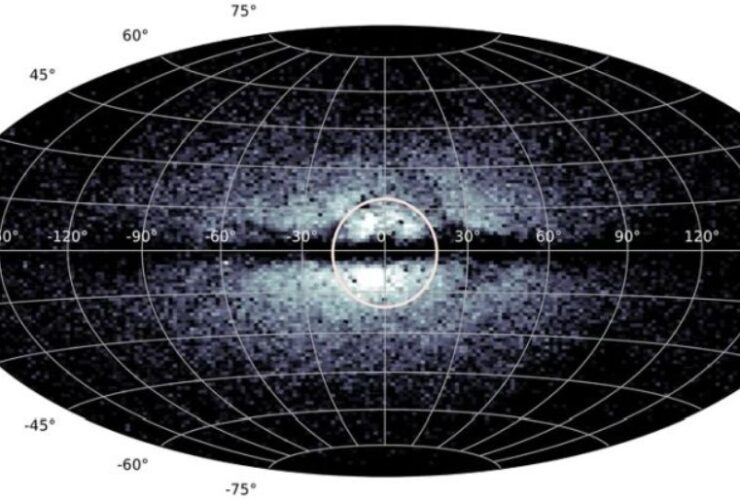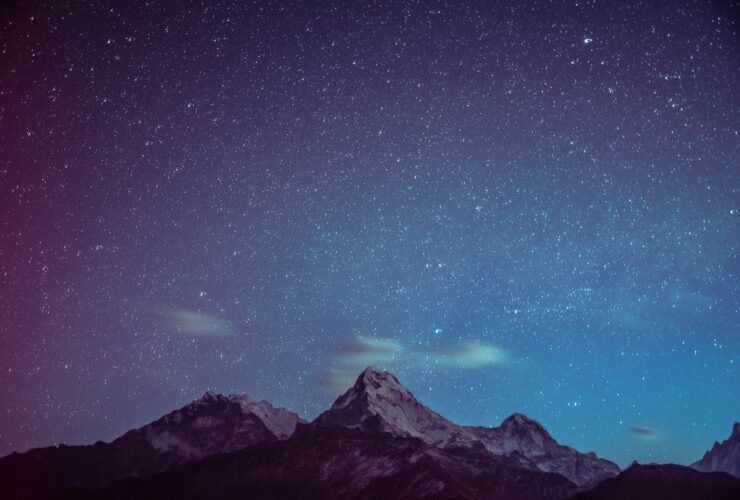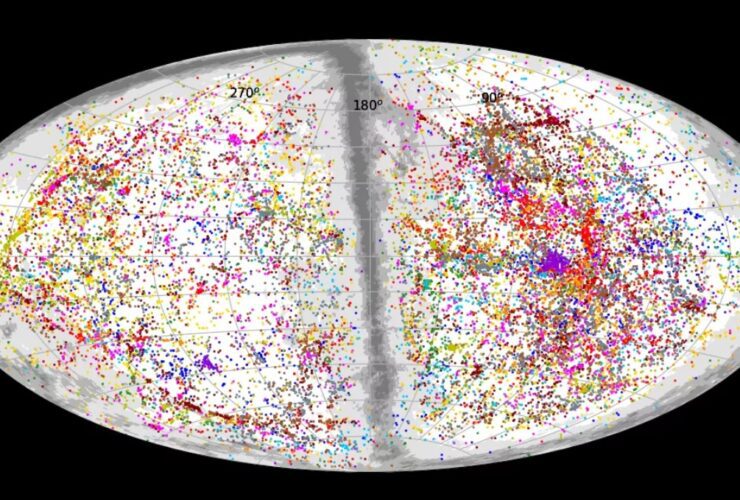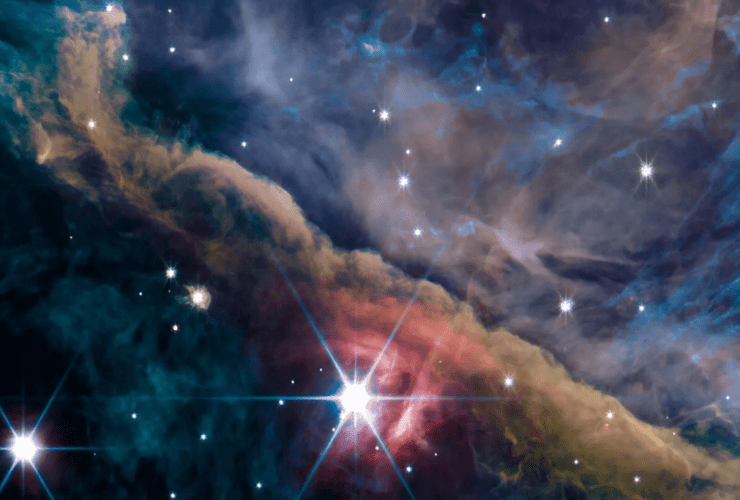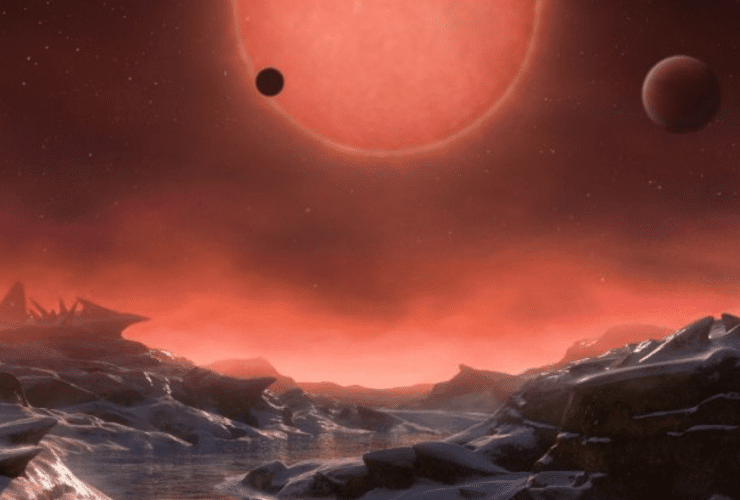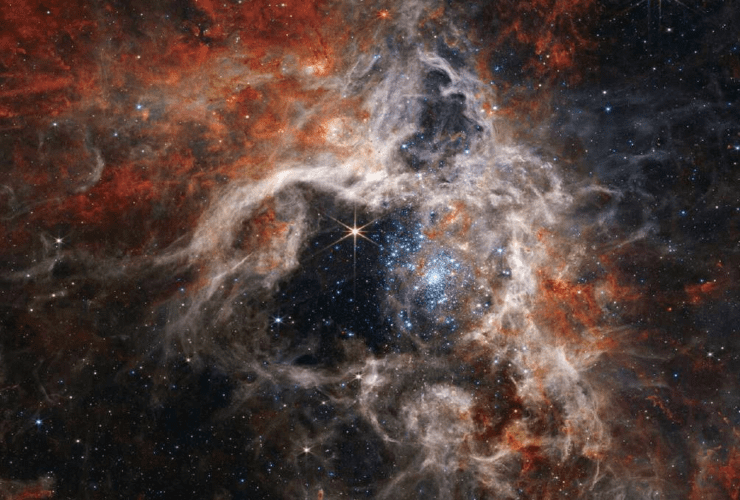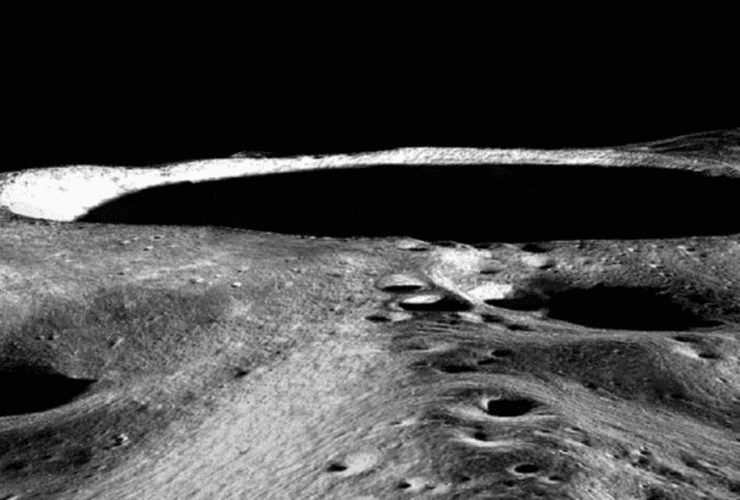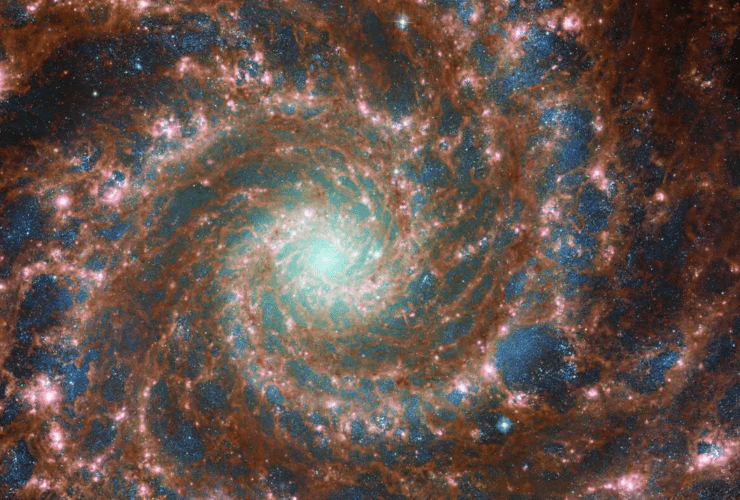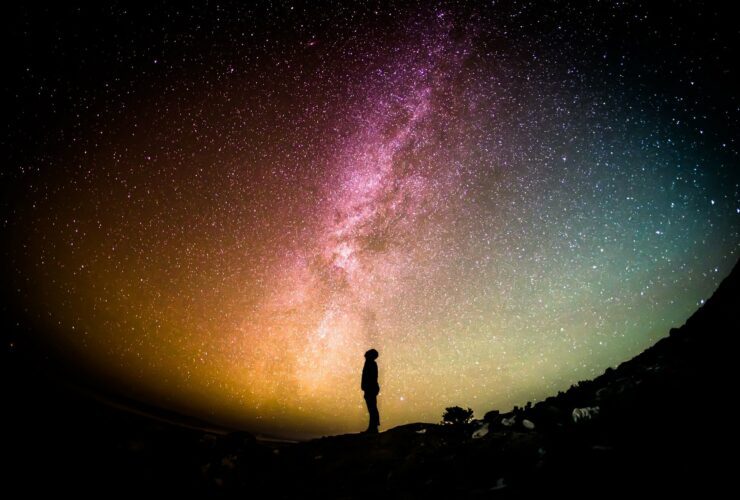The relics of the old galactic core, when our galaxy was still young, are a scattering of stars dispersed across the Milky Way’s center. Astronomers now have proof of that, and it is genuinely incredible! A team of astronomers had ...
An undiscovered region of space called the “zone of avoidance” is the location of a galaxy cluster recently found by astronomers. About 10–20 percent of the night sky is blank, like a phantom zone, according to IFL Science. Its proximity ...
Researchers are now able to compute the age and rate of the Universe’s expansion with an unparalleled level of accuracy thanks to a new map of the distances of tens of thousands of galaxies. Even though the cosmos continually expands, ...
Next year, Samsung could totally go for an earlier launch of the much-awaited Galaxy S23. Isn’t that just perfect? The new Galaxy smartphone could be a real game-changer. While other smartphones may be getting all the attention, other Samsung flagship ...
The James Webb Space Telescope (JWST) has discovered newborn stars within the Orion Nebula, which look genuinely incredible! Even with the unaided eye, the Orion Nebula is one of the brightest star-forming areas visible in the night sky, so seeing ...
According to a recent survey of exoplanets around red dwarf stars, there’s a rise in the population of water worlds. Apparently, we may have underestimated how much wetter the Milky Way galaxy is. What’s more curious is that the newly ...
NASA’s James Webb Space Telescope has captured a spooky giant space tarantula, where the biggest and hottest stars live. The Tarantula Nebula, aka 30 Doradus, is actually known as the ‘brightest star-forming place in the galaxies nearest our galaxy,’ according ...
Curious about the Moon’s dark side? Well, you might be surprised to find out that our lunar neighbor has only shadows. And it gets better! There are some ‘pockets’ on the Moon’s polar region that are never touched by any ...
James Webb Space Telescope and the Hubble Telescope captured some stunning images of the spiral Phantom Galaxy, aka Messier 74, located around 32 million light-years from Earth. What’s more intriguing is that the photos show the galaxy’s star-forming regions, dust, ...
Astronomers know very well that our Milky Way galaxy is teeming with stars, planets, black holes, and other cosmic objects. But still, they sometimes remain speechless by new mysterious structures that they have trouble trying to understand. ScienceAlert.com brings the ...

